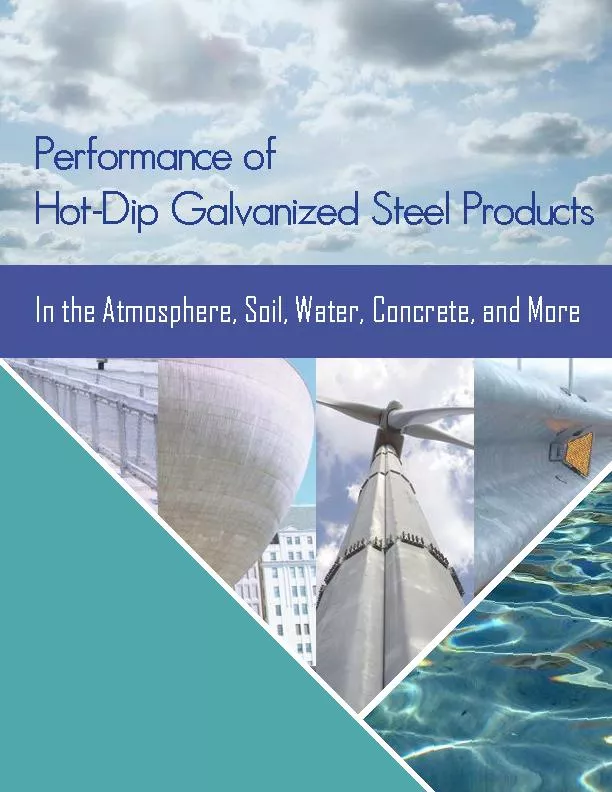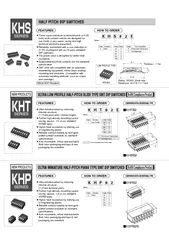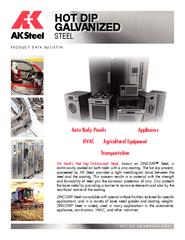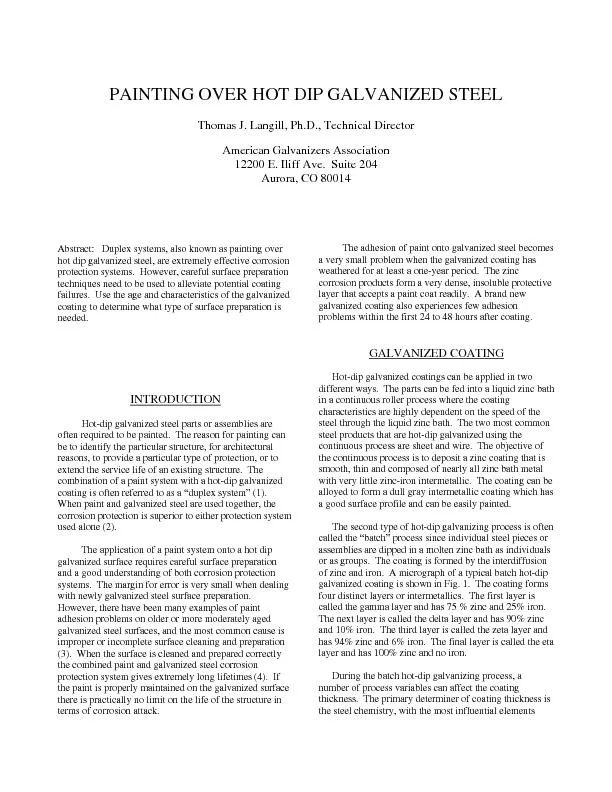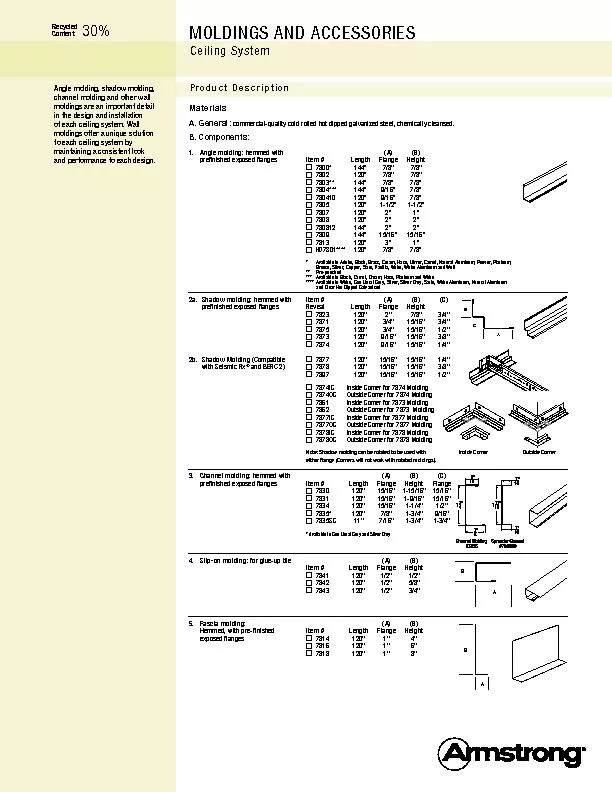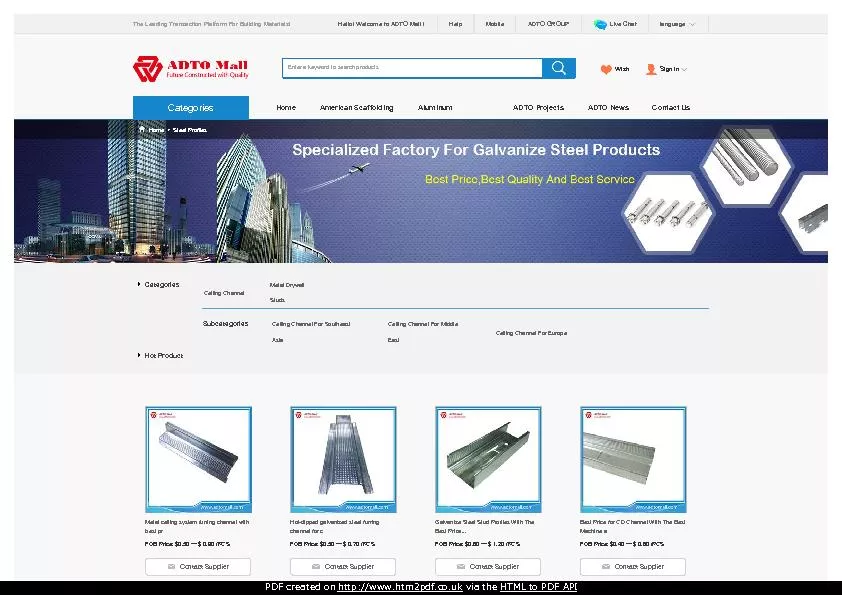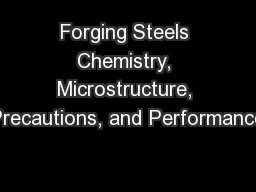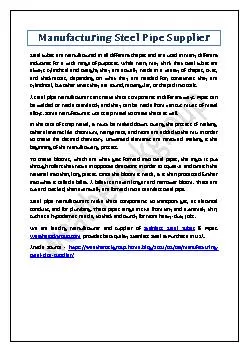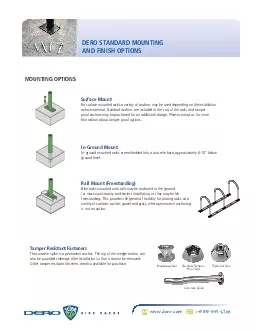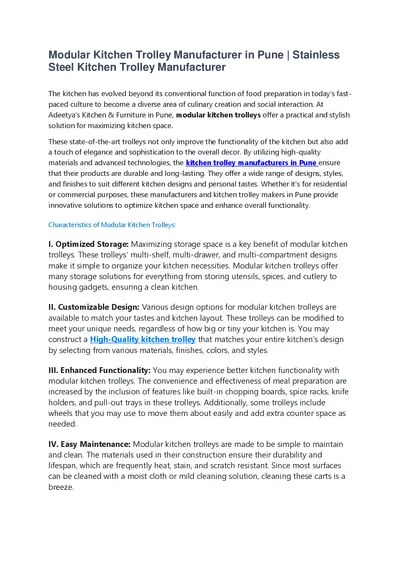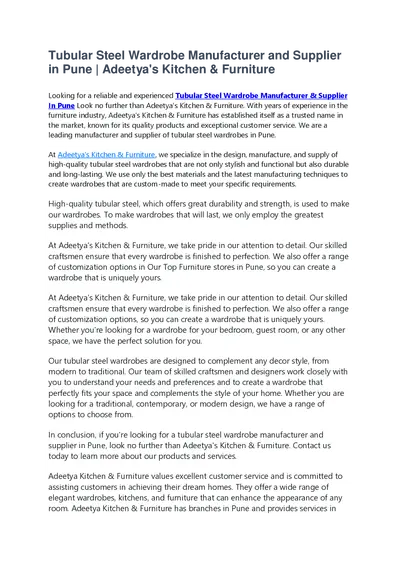PDF-Performance of Hot-Dip Galvanized Steel Products
Author : briana-ranney | Published Date : 2016-11-22
In the Atmosphere Soil Water Concrete and More Corrosion and repair of corrosion damage are multibillion dollar problems Estimates show metallic corrosion costs
Presentation Embed Code
Download Presentation
Download Presentation The PPT/PDF document "Performance of Hot-Dip Galvanized Steel ..." is the property of its rightful owner. Permission is granted to download and print the materials on this website for personal, non-commercial use only, and to display it on your personal computer provided you do not modify the materials and that you retain all copyright notices contained in the materials. By downloading content from our website, you accept the terms of this agreement.
Performance of Hot-Dip Galvanized Steel Products: Transcript
Download Rules Of Document
"Performance of Hot-Dip Galvanized Steel Products"The content belongs to its owner. You may download and print it for personal use, without modification, and keep all copyright notices. By downloading, you agree to these terms.
Related Documents

